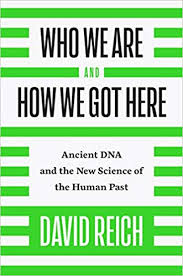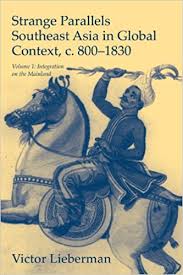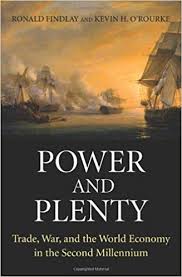From Dr Hamid Hussain.
In my recent book review, I mentioned about one of my old piece about U-2 surveillance flights from Pakistan; published in September 2010 issue of Defence Journal. Many asked for the piece and I‘m sending to my list. Some of you may have already seen it. It was written almost ten years ago. It is quite long as I covered many areas. Read it if you have interest in that chapter of cold war and lot of free time on hand.
Regards,
Hamid Hussain
Eye in the Sky – United States, Pakistan and Reconnaissance during Cold War
Hamid Hussain
‘Being a friend of the United States is like living on the banks of a great river. The soil is wonderfully fertile, but every four or eight years the river changes course, and you may find yourself alone in a desert’. Pakistan’s army chief and President General Muhammad Zia ul Haq to CIA director William Casey, 1983 (1)
United States and Soviet Union were engaged in a worldwide competition for dominance after the Second World War. Intelligence gathering was an important part of this power struggle between the two super powers. In the pre-satellite era, high altitude reconnaissance by special aircraft and signal interception were key components of intelligence gathering. In 1950s and 60s, these operations were conducted from United States as well as from bases all around the globe.
A variety of equipment was used to gather intelligence including static electronic monitoring facilities on the borders of Soviet Union, high altitude reconnaissance aircraft such as U-2 and RB-57 to collect electronic (ELINT), signals (SIGINT), photos (PHOTOINT), telemetry (TELEINT) and air sampling for detection of radiation emanating from nuclear test sites. Several agencies including Central Intelligence Agency (CIA), Strategic Air Command (SAC) of United States Air Force (USAF), United States Air Force Security Service (USAFSS), United States Army Special Security (USASS) and National Security Agency (NSA) were involved in these wide ranging intelligence activities.
Main focus of these operations was monitoring of missile and nuclear test sites, location of bombers, missile sites and radars and eavesdropping on Soviet communication system. The general agreement between United States and Pakistan was that in return for Pakistan’s cooperation in such activities, United States would modernize Pakistani armed forces. Pakistani part of the deal included provision of facilities for U.S. intelligence gathering operations as well as cooperation in some aspects of the operation. Both parties entered into these agreements looking at their own interests. United States saw Pakistan as a window through which to peep into Soviet Union’s backyard and Pakistan saw this cooperation as a shortest possible way of modernizing its armed forces. Continue reading Eye in the Sky. Pakistan and Cold War Aerial Reconnaissance




